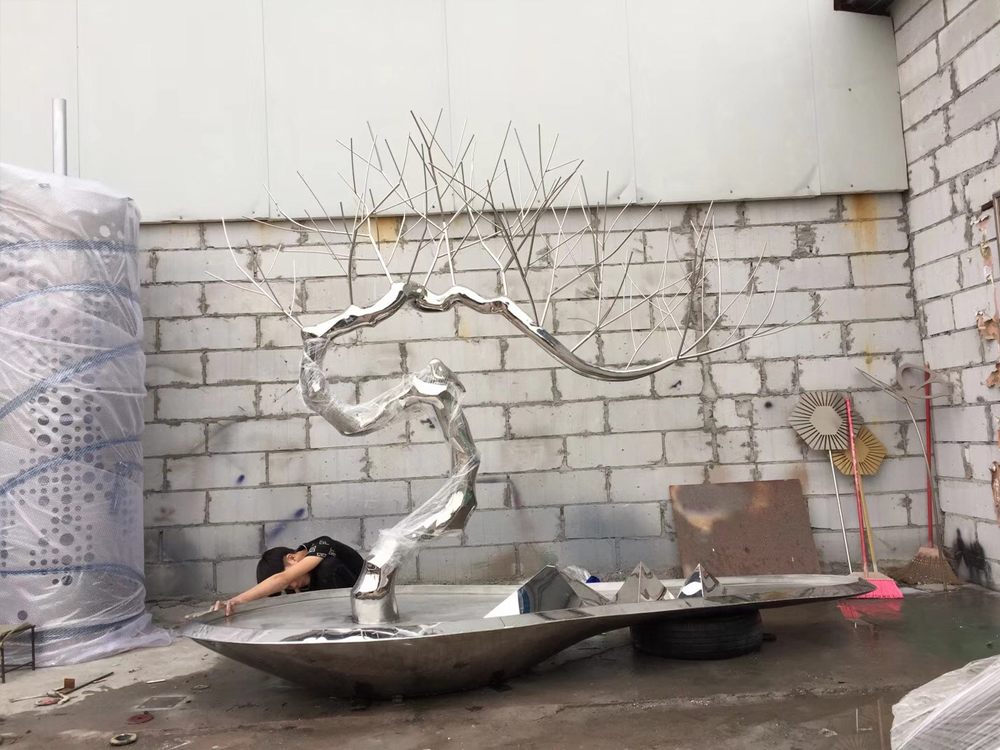
Bronze sculptures have long been admired for their timeless beauty and durability, but contemporary artists are pushing boundaries by incorporating modular and reconfigurable elements into their work. This innovative approach allows sculptures to transform, adapt, or even be rearranged by viewers, creating interactive and dynamic art experiences.
One technique involves designing bronze components with interlocking joints or magnetic connections, enabling easy assembly and disassembly. Artists often use precision casting to ensure each module fits seamlessly, maintaining structural integrity while allowing flexibility. Some sculptors even invite audiences to participate in reconfiguring the artwork, blurring the line between creator and observer.
Another method combines bronze with other materials like steel or wood for contrast and functionality. For instance, a bronze figure might attach to a rotating wooden base, or metal segments could slide along steel rails. These hybrid designs expand creative possibilities while honoring bronze's traditional qualities.
The process typically begins with detailed digital modeling to test configurations before casting. Lost-wax techniques remain popular, but artists may modify molds to produce interchangeable parts. Post-casting, surfaces are often patinated differently across modules to highlight their individuality within the unified piece.
This trend reflects a broader shift toward interactive art, where changeability becomes part of the sculpture's narrative. By embracing modularity, artists preserve bronze's legacy while making it relevant for modern audiences who value adaptability and engagement. Such works challenge static perceptions of sculpture, proving that even ancient mediums can evolve.

